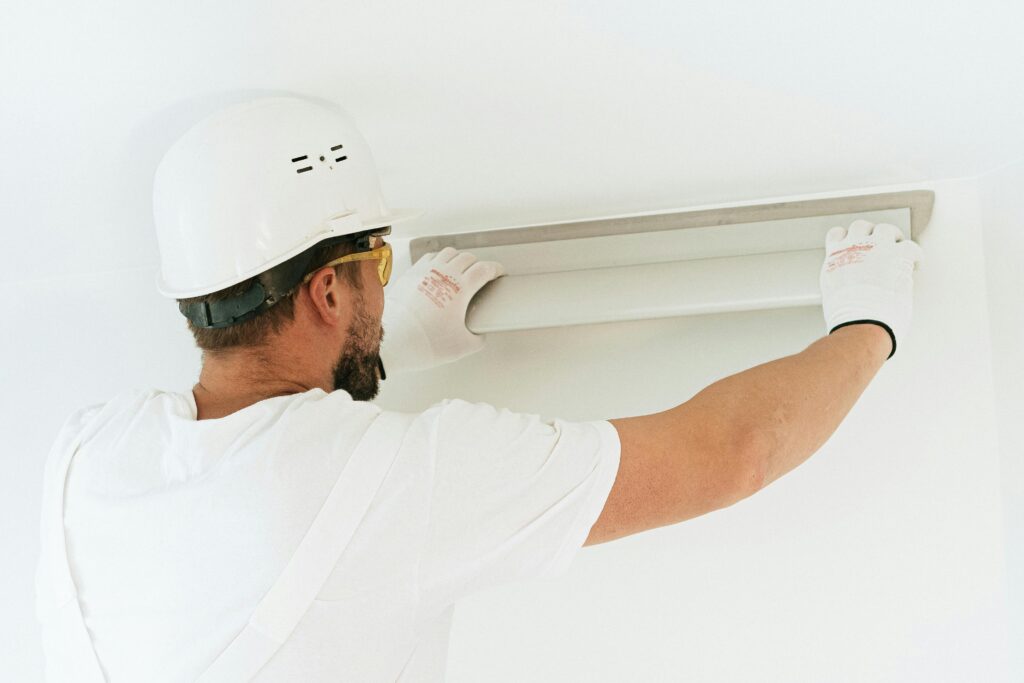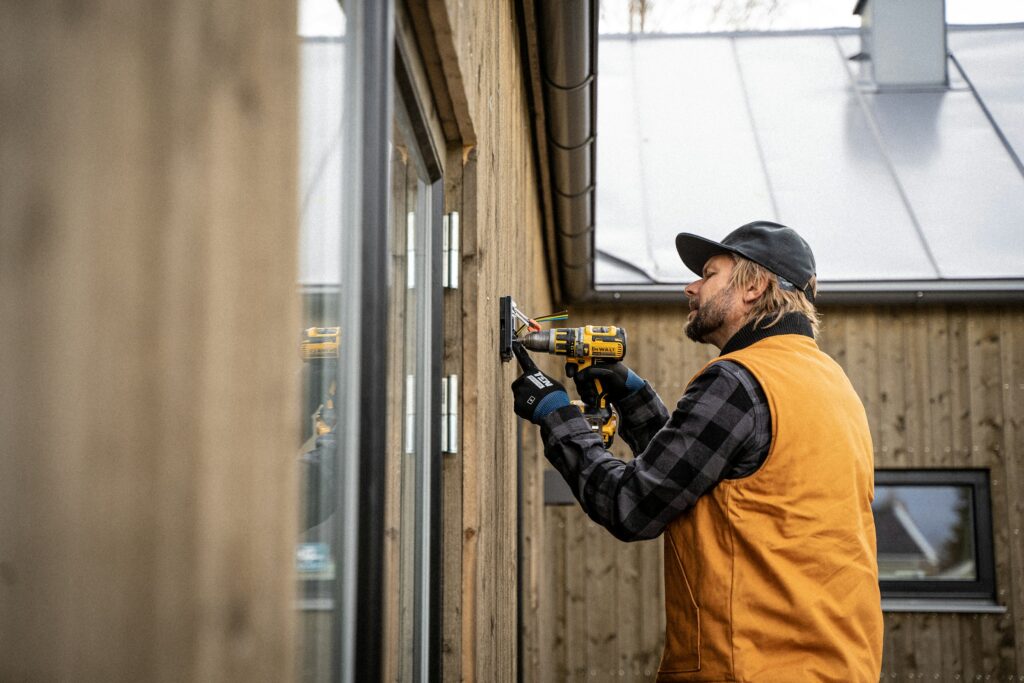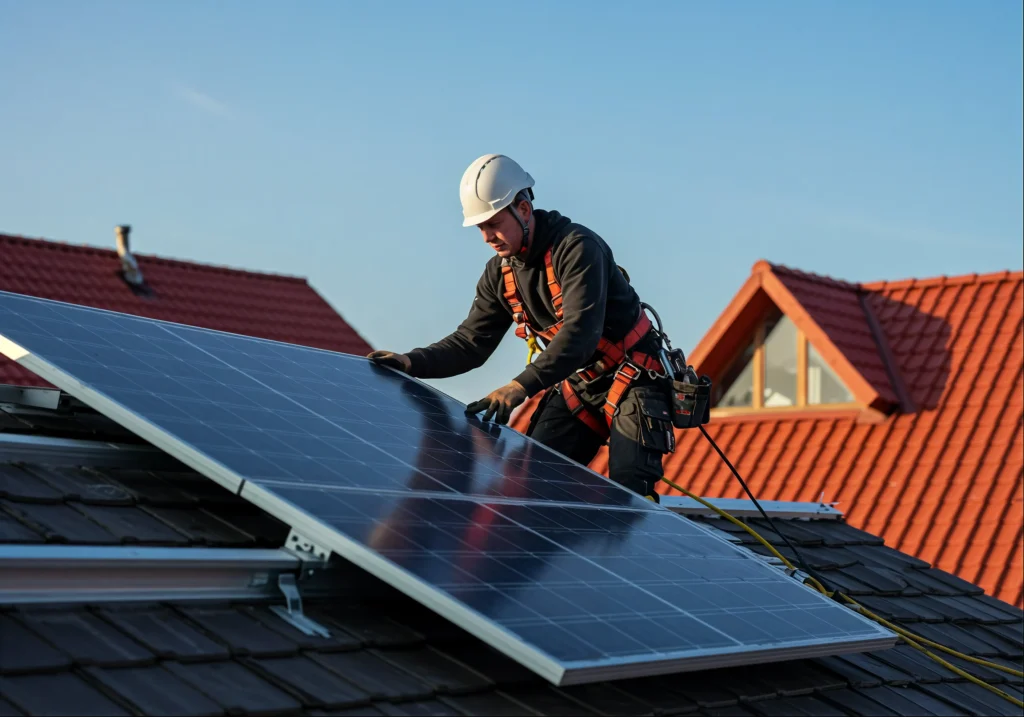Electrical faults, even in lighting circuits, can lead to serious risks like fire, electric shock, and invalidated insurance cover. When regulations are ignored, the consequences can be inconvenient and dangerous. As such, doing a lighting installation in Perth should be done with safety as the highest priority.
Consulting qualified professionals ensures the job is done correctly and complies with current standards. With that said, this article will highlight the importance of safety and compliance when installing lighting, and provide recommended steps to ensure your system meets Western Australia’s electrical requirements. Read on to learn more.
Why Safety and Compliance in Lighting Matter
A non‑compliant lighting installation can pose significant risks, such as faulty wiring and overloaded lighting circuits. For this reason, electricians are trained to adhere to the regulations of AS/NZS 3000 (the Wiring Rules). They also follow local legislation like the Electricity (Licensing) Regulations 1991 and the Work Health and Safety Act 2020.
As a matter of fact, according to Fire and Rescue NSW, up to 40 % of residential fires in Australia are linked to electrical faults. Because of this, hiring professional electricians to do the electrical work in your properties is recommended. Apart from causing house fires, improper installations can result in electric shock and legal liabilities, which insurance cannot cover. So, it is better to be safer than deal with the damage afterwards.
3 Steps to Ensure Safe Lighting Installations
Whether you’re a property owner or manager in Perth, following important practices concerning electrical matters is important. That said, here are three actions you can take to ensure lighting systems are safe and compliant:
1. Connect with Licensed Electricians Only
Only licensed electricians are legally allowed to perform lighting installation work, and it’s non‑negotiable. Unlike general handymen, licensed professionals have undergone formal training and assessments to prove they can safely do any electrical work. Attempting to do the installation yourself may lead to load imbalances, wiring errors, and uncertified installations.
Proper lighting upgrades can also lower power bills. That said, Perth electricians recommend hiring professionals because they provide a guarantee that the installation work is compliant. This makes it easy for property owners to deal with legalities and insurance in case of concerns.
2. Conduct Regular Safety Inspection
Regular safety inspections are important for your properties, especially after renovations or upgrades. This helps spot emerging issues early and keep systems running smoothly.
Safety inspections typically include:
- Visual inspections of wiring, circuit breaker installation, and fixture integrity
- Infrared thermography to detect hot spots or overheating
- Load testing of lighting circuits
- Functional testing of Residual Current Devices (RCDs) and safety switches
Most safety experts recommend full inspections every 2–5 years for homes and commercial venues. It is also best to hire local electricians near you if you notice flickering lights, frequent breaker trips, or wattage drops.
3. Comply with Local Standards
Not all properties are built the same way, because each place has unique lighting installation needs. Because of this, lighting compliance requires tailored solutions rather than a one-size-fits-all approach. Here’s how each property type must meet local regulations:
- Residential: Homes should ensure lighting is safely installed with proper switch heights, IP-rated fixtures in wet areas, and RCD protection across circuits. This is done to prevent electrical hazards.
- Commercial: Offices and business premises need to follow AS/NZS 1680 guidelines to ensure adequate illumination levels, glare control, and emergency lighting. This regulation affirms employee safety and workplace compliance.
- Outdoor/Industrial: These environments demand durable lighting solutions with high IP ratings to resist dust and moisture. They must also comply with emergency and exit lighting requirements specified in the National Construction Code (NCC).
Moreover, the Australian Government reports that lighting can consume 40% of energy in commercial buildings, affecting electrical requirements and design. Because of this, professionally installed lighting requires pre‑installation planning. Electricians assess these venue‑specific factors before electrical work to ensure a compliant design and installation.
Book Safe Lighting Installations at SolArk Electrical
As a property owner or manager, safety and compliance prevent serious hazards like electrical fires, shocks, and legal liabilities. Because of this, adhering to regulations like AS/NZS 3000 and local legislation is very important. To achieve this, property owners should work only with licensed electricians who can provide full electrical services.
With that said, finding a qualified electrician who offers safety inspections and lighting installation services can be challenging in places like Perth. Fortunately, SolArk Electrical offers these services for commercial and residential properties. For more information, check out our services today!
Frequently Asked Questions (FAQs)
Below are answers to common questions about lighting safety and standards:
Do you need an electrician to install a pendant light?
Yes, only a licensed electrician can install or modify any hardwired lighting fixture, including pendant lights. This ensures the wiring, switch connections, and circuit load are correctly handled to meet AS/NZS 3000 standards.
What safety standards should lighting meet?
Lighting installations in Perth need to comply with AS/NZS 3000 (Wiring Rules) and, depending on the setting, AS/NZS 1680 for workplaces and the NCC for emergency lighting. These standards regulate everything from cable sizing and RCD protection to fixture placement and IP ratings.
What are the safety precautions during lighting?
Before any electrical installation, the power needs to be fully isolated at the switchboard. The personnel should also wear proper personal protective equipment (PPE). In addition, it’s important to confirm that fittings are rated for their intended use to avoid electrical faults.






